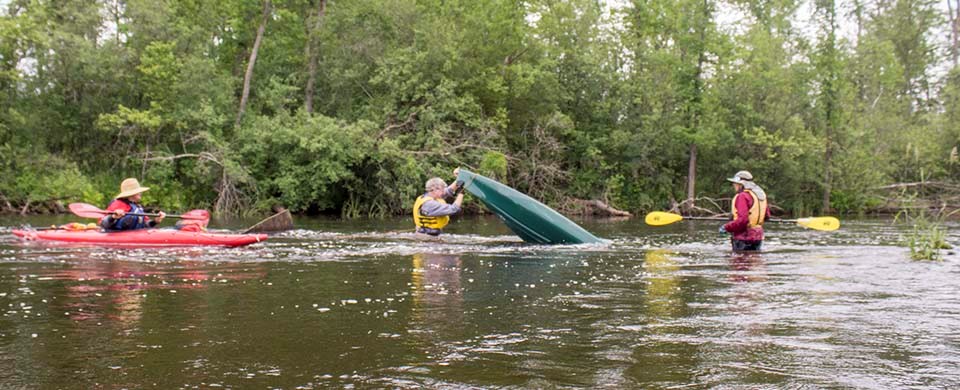
NPS/VanTatenhove Plan Your Trip with Safety in MindEnjoy the Namekagon and St. Croix rivers, but do not understimate their power. Water levels can change daily and what you thought was safe today, may not be as safe tomorrow. Be aware, know your abilities, and plan ahead for a great experience. Your safe return from a river trip is a priority. Think Ahead for Your On-the-Water Trip
When on the River
Safety Onshore
|
Last updated: September 9, 2024
